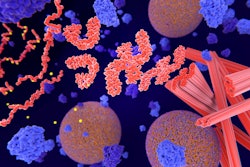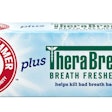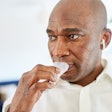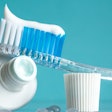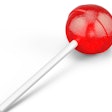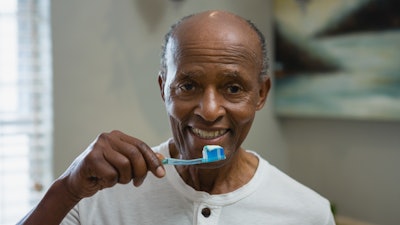
Triple-headed manual toothbrushes may be better at removing plaque and easier to use, making them suitable options for patients who need help with dental care. The study was published on May 26 in the International Journal of Dental Hygiene.
Furthermore, U-shaped electric toothbrushes may not improve plaque removal, according to the study.
"The triple-headed manual toothbrush was not only effective in plaque removal, but also had a shorter brushing time and was easy to use, being an adequate alternative for care-dependent patient groups," wrote the authors, led by Dr. Johanna De Almeida Mello of the KU Leuven Department of Oral Health Sciences in Belgium.
In residential care, using a manual toothbrush can be challenging due to technical difficulties, time constraints, and lack of cooperation from patients. This often results in suboptimal cleaning. To address this shortcoming, dental companies are creating alternative toothbrush designs that aim to make brushing easier and more effective for both care-dependent individuals and their caregivers, they wrote.
This single-blind crossover study compared a single-headed conventional manual toothbrush, a triple-headed manual toothbrush, and a U-shaped electric toothbrush using a pre and postbrushing evaluation. The standard manual toothbrush served as the control, they wrote.
The study included 26 participants (21 males and five females) with a mean age of 24 ± 2.34 years. Two independent investigators assessed pre and postbrushing plaque scores using the Quigley-Hein Plaque Index. Statistical tests were conducted to analyze the differences.
The average brushing times for the three toothbrushes were 149.35 ± 34.04 seconds for the single-headed manual toothbrush, 103.62 ± 31.68 seconds for the triple-headed manual toothbrush, and 43.73 ± 17.36 seconds for the U-shaped electric toothbrush. Significant differences were found between all three. The single-headed manual toothbrush had the longest brushing time (p < 0.001), while the U-shaped electric toothbrush had the shortest, they wrote.
After brushing, there were significant differences in plaque removal between the single-headed manual and the U-shaped electric toothbrushes and between the triple-headed manual and the U-shaped electric toothbrushes. The U-shaped toothbrush had the lowest plaque removal scores, significant only for anterior teeth but not for posterior teeth. No significant difference in plaque removal was found between the triple-headed and single-headed manual toothbrushes, they wrote.
However, the study had limitations. No prior brushing instructions were given for either the single-headed or triple-headed toothbrushes to replicate a real-life situation as closely as possible, they added.
"The triple-headed manual toothbrush should be considered as an adequate alternative for the daily oral care of care-dependent patient groups," they concluded.






